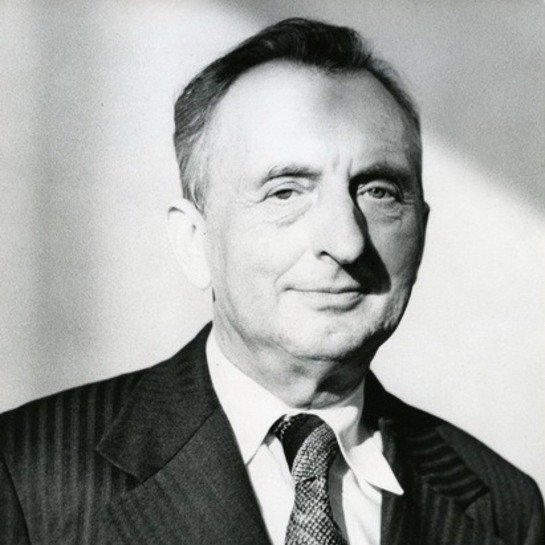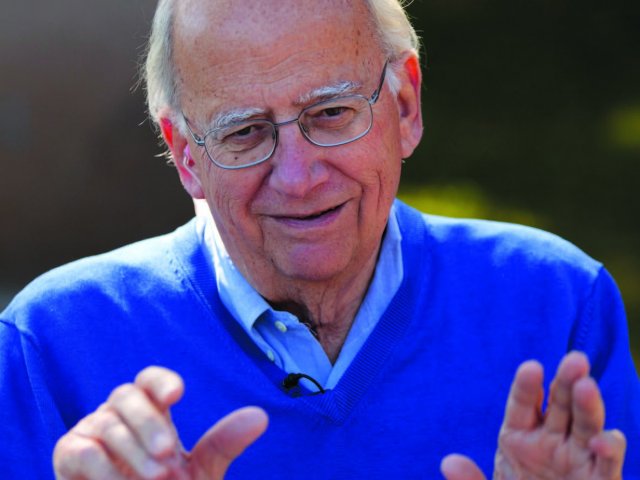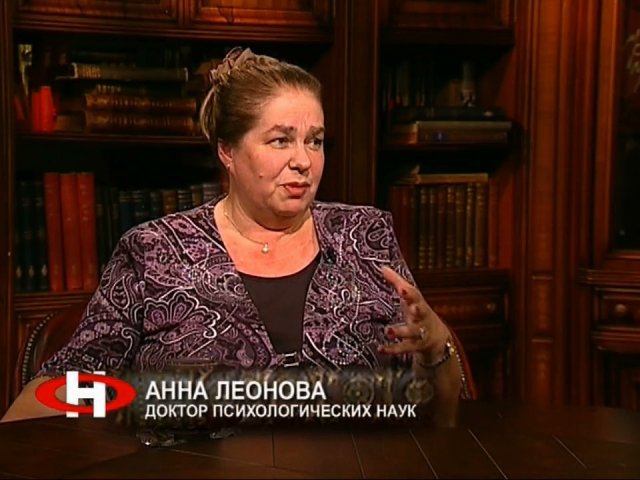Official:
Alexander Mikhailovich Prokhorov. July 11, 1916 – January 8, 2002. Russian physicist, one of the founders of quantum electronics, twice Hero of Socialist Labor, laureate of the Lenin Prize and the State Prize of the USSR, and the State Prize of the Russian Federation. Winner of the Nobel Prize in Physics in 1964 (together with Nikolay Basov and Charles Townes).
Life and Work:
1. In 1912, Mikhail Ivanovich Prokhorov, a revolutionary and a member of the Russian Social-Democratic Labor Party, together with his wife Maria Ivanovna, escaped from the Siberian exile and fled to the edge of the world – Australia. Australia welcomed everyone who was ready to become a farmer and reclaim its vast spaces.
2. The pair of immigrants settled in a place near Atherton, Queensland. There, a son was born. Today, a memorial plaque can be found on the premises of the Tropical Forest Research Center in tiny Atherton. The plaque reads: “Alexander M. Prokhorov, a Soviet scientist, one of the creators of the maser, the predecessor to the laser, winner of the Nobel Prize in Physics of 1964, Born in Atherton on the 11th of July, 1916.”
3. By a fantastic coincidence, that was the year when Albert Einstein predicted the possibility to use the external magnetic field to induce atomic radiation with the same characteristics.
4. The world nearly lost the great scientist: at the age of five, little Alexander left home and got lost in the woods. He was not found until next morning.
5. After the revolution, the Prokhorovs returned to the Soviet Union through Shanghai and Vladivostok. Alexander went to a Russian school in Tashkent. And in 1930, the Prokhorov family moved to Leningrad.
6. Worker's faculty graduate, Alexander Prokhorov entered the Faculty of Physics of Leningrad University and graduated from it with honors. One of the best alumni of the faculty, he was invited to do a postgraduate program in the Lebedev Physical Institute of the Academy of Sciences of the USSR in Moscow. There, Prokhorov worked for almost 40 years.
7. He met his wife, Galina Alekseevna, a graduate of the Geography Faculty of Moscow State University at the Leningradsky Railway Station. He was with a group of friends, on the way out of town to do some skiing. His friend Vitaly Ginzburg was with his girlfriend, who had brought her friend.
8. Alexander Mikhailovich spent all of his long eighty-five-year-old life pursuing science. He only took a break during the war: he was an intelligence officer and fought till 1944, when he was invalided out after a severe wound.
9. Disability did not prevent him from pursuing physics, but he had to give up mountain climbing – his wounded arm rendered that impossible.
10. Prokhorov's scientific interests were quite broad: radio physics, accelerator physics, radio spectroscopy. For a while, Alexander Mikhailovich dealt with microwave technology, but then decided to switch to lasers.
11. His colleagues did not support him, and so Prokhorov grabbed a hammer and smashed all the tools in the laboratory. There was a huge scandal, half the employees resigned, but the rest started to work in the new field. Which led them to the Nobel Prize.
12. Our country owed Prokhorov one of our major priorities. We are proud of Gagarin's flight and the hydrogen bomb, but we forget about the laser, which was designed and constructed by Alexander Prokhorov and Nikolay Basov.
13. American scientist Charles Townes, who was working on the quantum generator of coherent electromagnetic waves, that is, the laser, independently of them, always called Prokhorov his “brother in laser.” And they shared the Nobel Prize of 1964 like brothers – half of it to Townes, half to Prokhorov and Basov.
14. The name, however, belongs to Americans: they found a way to put the English phrase “light amplification by stimulated emission of radiation" into one word.
15. Today, laser technology can be found in every sphere of life, and thus, we can thank Alexander Prokhorov every day. His developments are used not only in industrial laser production, but in systems of remote space radio communication, fiber optic communication lines and more.
16. For many years, Prokhorov was head of General Physics Institute of the Russian Academy of Sciences. And after his death, in 2002, the institute took his name. A bust to the Nobel Prize winner graces its premises.
17. Not long ago, a monument to Prokhorov was erected at the intersection of Leninsky and Universitetsky avenues in Moscow.
18. Another monument to Prokhorov of sorts is the Great Soviet Encyclopedia. Alexander Prokhorov was chief editor of its last edition.






















